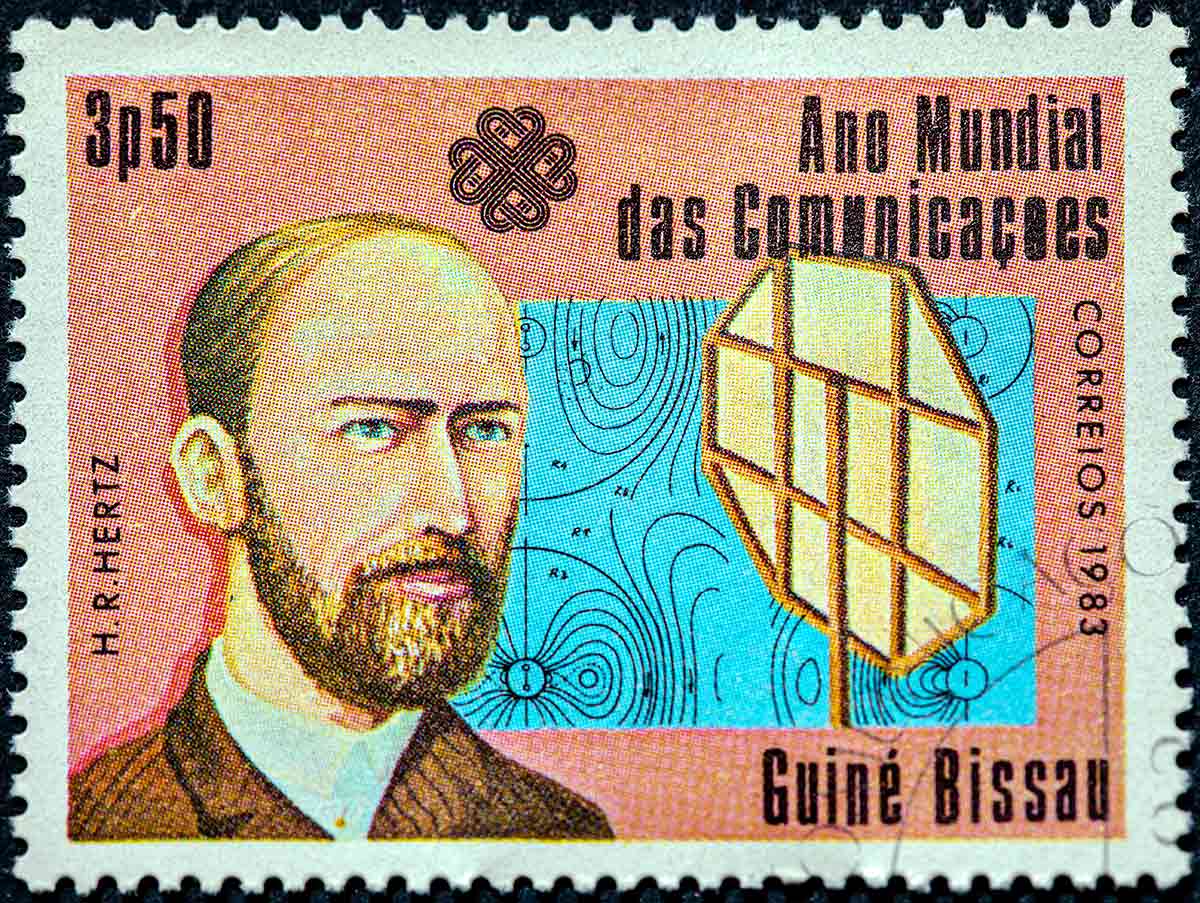
The innovative past and brilliant future of Wi-Fi

Today’s Wi-Fi is seamless, secure, and seemingly everywhere, from homes and offices to airplanes and cafes — even the International Space Station. So, it’s hard to remember a time when it wasn’t around.
But while Wi-Fi as we know it dates to 1999, its roots run deep — with foundational breakthroughs as far back as the late 1800s and 1940s.
Cisco has long been a key player in Wi-Fi (albeit, not in the 1800s). And the company continues to push the boundaries of innovation, global access, and security. In 2024, that means Wi-Fi 7, with its great advances in speed, range, and latency. And with a wide range of Wi-Fi 7-ready products, Cisco is poised to drive the next chapter in the ongoing wireless revolution.
All of which is a perfect excuse to explore Wi-Fi’s groundbreaking past — and ever important future.

Radio waves are the basis of all wireless communications. So, when Heinrich Hertz discovered them jumping across a short “spark gap” in his lab, it presaged everything from radio and television to communication satellites, and, yes, Wi-Fi
Building on his own earlier work — and that of other pioneers like Nikola Tesla — Guglielmo Marconi demonstrates wireless-telegraph technology with a range of up to two miles.


Hollywood star Hedy Lamarr has a side-hustle as a brilliant inventor. And in support of the war effort, she files a co-patent for a “frequency-hopping, spread-spectrum communication system.” Designed to help sonar-guided torpedoes evade jamming, it anticipates the early development of Wi-Fi.
The ALOHANet uses an ultra-high-frequency (UHF) wireless packet network to connect University of Hawaii researchers, without phone lines. Together with its Aloha Protocol, which sets early standards for multiple access on a shared network, ALOHANet pioneers some aspects of modern Wi-Fi.


The U.S. Federal Communications Commission (FCC) opens the 2.4 gigahertz Industrial, Science, and Medicine (ISM) band for general communication. This open frequency would enable the development and commercial scaling of Wi-Fi.
An Australian team, led by John O'Sullivan, create a prototype for a wireless local area network (WLAN).


The first 802.11 local area network (LAN) technical standard is released, with speeds up to 2 Mbps.
The 802.11b standard is introduced. Its superior performance — with speeds up to 11 Mbps — opens the way for a Wi-Fi revolution, which gets rolling that same year when Apple releases the first Wi-Fi-enabled commercial products and Cisco acquires Aironet Wireless Communications.


The Wireless Ethernet Compatibility Alliance, or WECA, gets a much catchier name: The Wi-Fi Alliance. A nonprofit consortium of companies, it aims to set standards and promote interoperability among Wi-Fi and local area network (LAN) solutions.

Furthering the cause of interoperability, Cisco releases its Compatible eXtensions free license program. It allows other vendors to use Cisco's secure wireless networks.
Wi-Fi is tested on a commercial flight. And the first products certified by the Wi-Fi Alliance hit the market.


The revolution advances with 802.11n, allowing many more data streams and an almost 9x increase in transfer rates.
Cisco's CleanAir technology is released. A self-healing, self-optimizing wireless network, it enables new levels of efficiency, freedom from interference, and automatic prompts when anomalies arise.


Wi-Fi is in 25 percent of homes worldwide.
The Wi-Fi Alliance estimates the technology's global economic value at $1.96 trillion.


At 5 gigabits per second (Gbps), Wi-Fi 6 offers still greater improvements in speed, bandwidth, and latency. The same year, Cisco's Open Roaming Project enables seamless, secure public Wi-Fi onboarding.
Citing “exemplary dedication to secure, interoperable, and high-quality Wi-Fi,” Cisco is granted a Top Ten Certifier award by the Wi-Fi Alliance. As of 2020, the Alliance has certified 170 Wi-Fi-related products from Cisco


The global Wi-Fi market is expected to grow from $3.5 trillion in 2023 to $4.9 trillion by 2025, according to the Wi-Fi Alliance.
Wi-Fi 7 is poised to supercharge wireless communications. And Cisco's advanced, AI-powered platform is ready. With powerful yet simplified solutions in wireless networking, security, Internet of Things, and observability, organizations can take full advantage of Wi-Fi 7's potential. Location tracking, virtual reality, smart buildings and factories, asset management, and immersive experiences (holographic business meetings, anyone?) are just a few of the areas that can excel in this exciting future of Wi-Fi.
